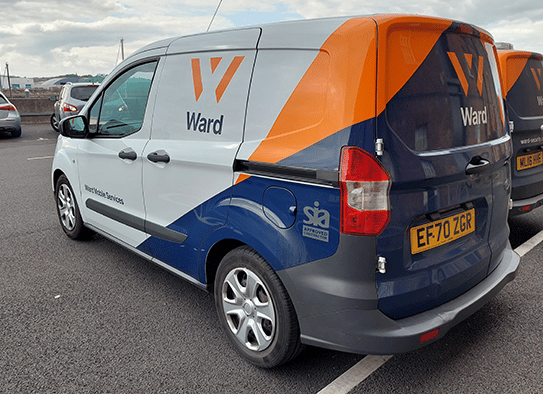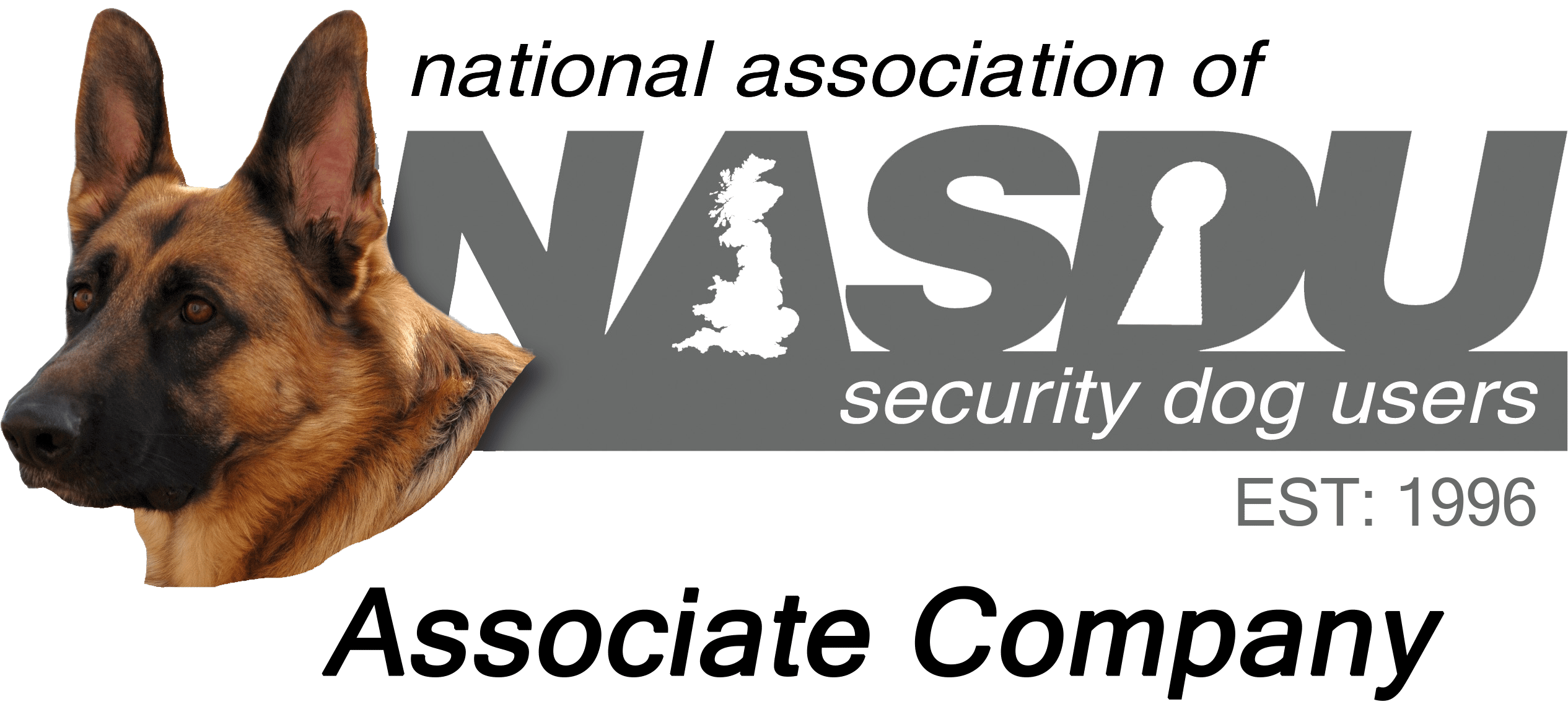The Top 5 Tools to Secure a Property Against Trespassers

Written by Justin Quigley
Void properties are increasingly being targeted by opportunist thieves, vandals and squatters. As winter approaches and the cost of living bites, we can expect to see a dramatic increase in incidents of this nature. Already the past 12-months have witnessed a level of activity I have not seen for many years.
How can property owners and landlords protect their property?
The first step in protecting property is to identify what assets would be attractive to potential adversaries, such as copper cabling, lead, materials left within the property and of course the property itself. The next step is to try and reduce potential risk by:
A – Avoid the risk by removing materials and assets
S – Spread the risk by storing assets around the property or alternative locations
T – Transfer the risk by appointing a security provider to safeguard the property
R – Reduce the risk by adopting a defence in depth security posture
A – Accept the risk (never ideal – although increasingly the preferred option for many)
Risk reduction is my preferred strategy and one that can be achieved relatively easily and cost effectively. By adopting a defence in depth posture consisting of multiple layers of controls, you can make your property less attractive to potential trespassers, encouraging them to seek softer targets elsewhere.
The Top 5 Tools to Secure a Property Against Unauthorised Entry
- Fencing – secure the property boundary through the installation of fencing, gates and anti-climb measures. This is the most basic type of security measure and can be an effective deterrent for would-be thieves, trespassers and squatters. Fencing provides a strong psychological message that the property is protected. There are many different types of fencing, from high security 358 to timber. For properties requiring a robust perimeter system I would always recommend 2.4m high V-Mesh. V-Mesh is a strong fencing solution that also promotes natural surveillance from neighbours.
- Security screens on all doors and windows to harden the building against attempts at forced entry. The majority of squatters gain entry through unsecured windows. Screens provide an effective deterrence against those that can be deterred and an important delaying mechanism for those that can’t. There are a range of different screen types, from perforated steel to Sitex (steel box screens secured internally). Timber boarding should never be considered, accept as a short term measure to secure smashed windows. I would always recommend perforated sheets, or Sitex screens.
- Closed circuit television (CCTV) with remote monitoring capability – CCTV footage can help identify any suspicious activity around your property, which could lead to the early identification of intruders (if remotely monitored) providing time to initiate a response. Cameras are also effective in providing evidence of forced entry and criminal damage, which should encourage the Police to be more proactive when attending, they are also a great deterrent. If the property is de-energised, video verification systems such as the Reconeyez system are an effective alternative. Camera systems are increasingly sophisticated and dependant on their analytical capability, can provide an effective deterrent to potential intruders, however if they aren’t being monitored their effectiveness as a detection system is severely compromised. I would always recommend linking site camera systems to a monitoring station, preferably one with a nationwide response capability (mobile response vehicles).
- Motion activated lighting systems – These lights will activate automatically when there is movement near them, making it easier for intruders to be detected. There are an increasing number of battery / solar systems available, such the NEXSUN 5000 which emits an impressive 5000 lumens. Lighting is incredibly effective in deterring intruders, rough sleepers and those engaging in criminal activity, as they prefer the concealment of darkness. It surprises how seldom lighting systems are adopted as part of site security measures. Adversaries targeting property will often be deterred if they are suddenly illuminated for all the world to see, whilst attempting to force entry through a window during the dead of night.
- Intruder alarms – If the property has power then the AJAX system is a great piece of kit, which also comes with flood detection. Alternatively if the property has been de-energised, the RSI video verification system is an ideal choice, especially if linked to the Webeye monitoring platform. This provides the dual benefit of an alarm that also captures footage of intruders as they break into the property. Video verification systems are not CCTV, therefore the footage serves no other purpose except to confirm intrusion.
Preventing adversaries targeting your property doesn’t need to cost the earth. There are a range of solutions that will effectively deter all but the most determined. It’s worth noting that we aren’t dealing with hardened professional bank robbers, rather opportunists keen to exploit noticeable vulnerabilities in a building’s security.
For more information or to arrange a no obligation vulnerability assessment for your property please contact Justin directly on justin.quigley@ward-security.co.uk.











